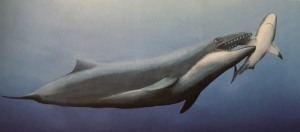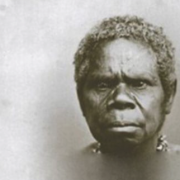Fear and loathing in the court of the kangaroo
Remarkable to see the angst, stupidity, arrogance, and vengeful and avaricious behaviours attached to the Higgins/Lehrmann rape case.
Not to mention the miserable failure of the judicial system to uphold either itself or the individual’s basic rights.
Feral. The whole lot of it, start to unresolved finish. Nothing in there to really flatter anyone involved in the entire brouhaha.
Any semblance of innocent until proven guilty out the window. Might as well be in China, Iran or any other totalitarian state you can think of, including America of course.
Any semblance of courts or lawyers looking to uphold the fundamental rule of law – that philosophy that portends that people are accountable to the law – has been tarnished, sullied, compromised, bent or straight-out ignored.
Neither plaintiffs nor their supporters care a jot for the idea of pulling their heads in for fear of prejudicing a fair trial. As sub judice and contempt of court laws demand. Also as their lawyers and even the judge have advised. But there’s no penalty.
There are, instead, ratings, circulation, awards, notoriety and the next contract to always consider. No such thing as bad publicity.
The media don’t really care. They’ll publish whatever they think they can get away with. Calculated risk, as their lawyers advise. Or they might not publish what they suspect their audience might not like.
Some jurors don’t care. Even when they’re told 17 times not to undertake their own research. And again, no penalty. Mind you, more seriously, there’s no structure whatsoever to check on the behaviour of jurors. Who guards the guards? Been a problem since Roman days.
It’s all grist to the mill in the great Land of the Fair Go. A land buttressed by an adversarial judicial system drowning in a maelstrom of activism and entitlement, derailed media and legal ethics, politicking and political interference.
The Higgins case has been shonky from the go-get. Nothing’s been done properly. Vital evidence-gathering never happened. On-off police dealings, no-show medical appointments, book deals, media interviews, Press Club and Logies performances, electioneering, even a bizarre prime ministerial apology – plus a long-running media commentary heavily fixated not on any regard for Lehrmann’s right of innocent until proven guilty but on the outrageous injustice visited upon Higgins.
Allegedly, of course. Not that the word ‘allegedly’ carries any weight anything legally. Anyone not living under a rock knew of the Higgins claims. Jurors included.
What mechanisms were in place to ensure jurors might effectively cast any pre-knowledge of the case from their minds? Or do a bit of their own digging about on the side?
Nix, your worship.
As it unfolded, a court cleaner accidentally knocked a folder off a desk and spotted something that shouldn’t have been there. And that’s the best security the court can offer a defendant against prejudicial jury deliberations?
Talked about the system being stacked against a defendant.
We know the system’s stacked also against rape plaintiffs, too, of course. An appalling percentage are unsuccessful and the mental anguish and humiliation attached to physical and evidential demands, court appearances and cross-examination can be withering.
But at least the plaintiff’s identity is protected. Rape claims can be pursued in court in anonymity unless they prefer otherwise. Like Higgins.
The accused doesn’t share the same privilege. The defendant, however, does have the right not be cross-examined. Which might be seen as taking the fifth, not incriminating themselves – the guilty’s so-called defence.
But this also protects the defendant against prosecution fishing expeditions. And, just to be clear, it’s not the defendant not making the allegations. If the prosecution doesn’t have a case, it shouldn’t be there in the first place.
And of course allegations need to be tested in court. As much as the plaintiff might not like it.
The system might have its drawbacks, and considerable drawbacks at that, but it’s better by a country mile than any lynch mob nut jobs pretending to render justice honestly and fairly.
And it’s better than justice dispensed by patently conflicted interests going out of their way to create their own narrative about what constitutes justice.
That’s pure kangaroo court stuff.






 nasaura
nasaura



